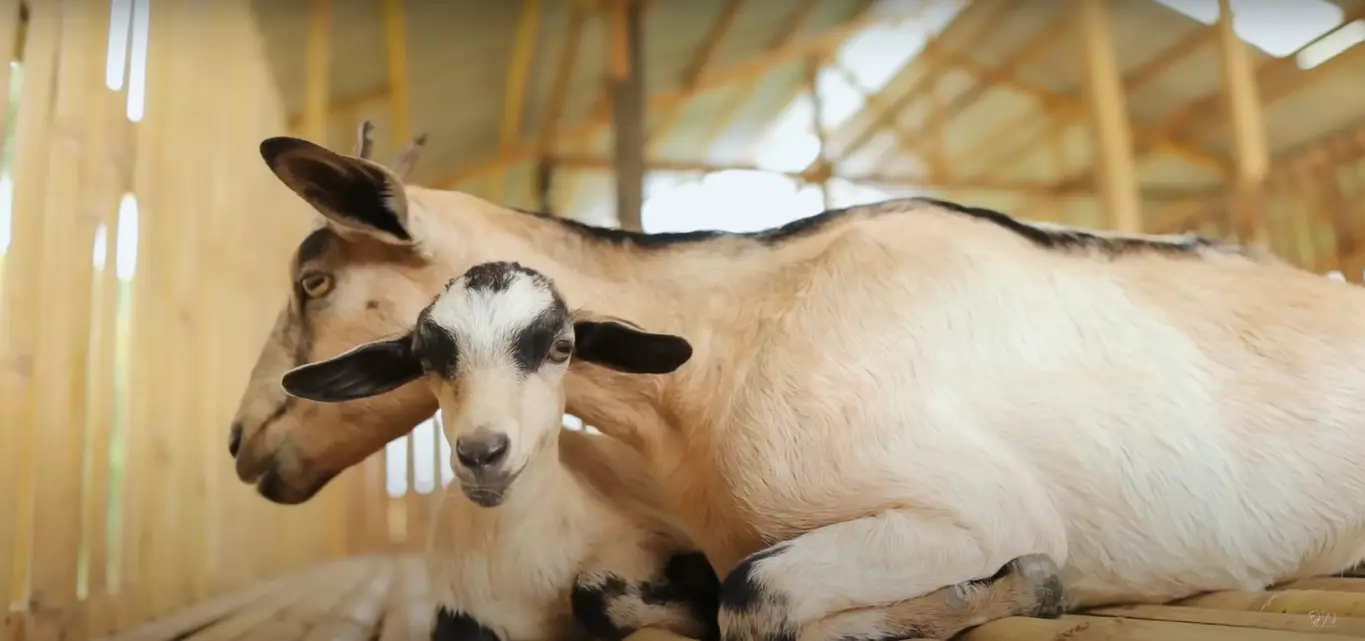Introduction: A Welfare Scheme Turns Deadly
On March 4, 2025, a government-backed welfare initiative in Sikkim’s Gyalshing district took a tragic turn. Just hours after being distributed to local farmers, 192 goats dropped dead, raising urgent questions about accountability, animal health checks, and the role of NGOs in rural development.
The goats were part of a livelihood program run by Rashtriya Gramin Vikas Nidhi (RGVN), an NGO contracted to support farmers in the Arithang-Chongrang area. But a preliminary investigation revealed a stunning oversight: no quarantine, no veterinary checks, and no government approval before distribution.
District Magistrate Tenzing D. Denzongpa called the incident a “grave lapse in due diligence” and confirmed that the animals were handed over without following state-mandated safety protocols. The case has exposed critical flaws in monitoring aid programs as the government scrambles to contain the fallout.
How the Disaster Unfolded: A Timeline of Negligence
1. The Rush to Distribute—Without Safeguards
According to official reports, the goats were transported to the Gyalshing district and immediately handed to beneficiaries. Usually, all livestock under government schemes must undergo a 14-day quarantine at district checkpoints to prevent disease outbreaks.
But in this case:
- No health inspections were conducted.
- No approval was sought from the Animal Husbandry Department.
- No records were kept of the goats’ origins or medical history.
Local coordinators—Jaydeep Das, Ramesh Chettri, Shanti Limboo, and Pratiksha Tamang—oversaw the distribution. Authorities now suspect the goats were already sick before delivery, possibly infected with a contagious disease.
2. Immediate Deaths Spark Panic
Farmers reported that the goats died within hours of arrival. Some collapsed on the spot; others showed signs of severe illness before perishing.
“We were promised a source of income, but instead, we got dead animals,” said one affected farmer, who asked not to be named. The incident has left families without expected livelihoods and raised fears of possible disease spread to other livestock.
3. Government Denies Involvement, Blames NGO
The Sikkim government has distanced itself from the fiasco, stating that RGVN acted without authorization.
“The state had no role in this distribution. The NGO bypassed all protocols,” said District Magistrate Denzongpa in an official statement. He warned that the “irresponsible actions” of the coordinators have “tarnished the government’s image” despite its lack of involvement.
The Bigger Problem: Weak Oversight in Aid Programs
1. Why Quarantine Rules Were Ignored
Livestock distribution programs in India legally require disease screening. The Prevention of Cruelty to Animals Act and state animal welfare guidelines mandate:
- Quarantine periods (usually 1-2 weeks).
- Veterinary health certificates.
- Proper transportation conditions.
Yet, in this case, every rule was broken. Experts say this reflects a broader issue—NGOs sometimes prioritize quick distribution over safety to meet project deadlines or justify funding.
2. Global Comparisons: Where Similar Programs Succeeded
NGOs like CARE and Heifer International run goat distribution schemes in Malawi, which involve strict health checks and community training. Their “pass-on” model ensures goats are disease-free and recipients are taught proper care. Result? Over 80% survival rates and long-term economic benefits.
By contrast, Sikkim’s tragedy highlights what happens when shortcuts are taken.
Who’s Responsible? The Legal and Financial Fallout
1. FIR Filed, NGO Under Scrutiny
An official police complaint against RGVN’s coordinators for criminal negligence has been lodged. If convicted, they could face fines or jail time under:
- Indian Penal Code Section 429 (mischief by killing livestock).
- Sikkim’s Animal Preservation Act.
The NGO itself may lose its government accreditation, cutting off future funding.
2. Compensation for Farmers?
The state has not yet announced financial relief for affected families. Meanwhile, farmers are demanding:
- Replacement goats (with proper checks).
- Compensation for lost income.
Without swift action, trust in welfare programs could collapse.
Lessons Learned: How to Prevent Another Disaster
1. Stronger Monitoring for NGOs
- Mandatory third-party audits before livestock distribution.
- Real-time tracking of animal health records.
2. Farmer Training Programs
- Teaching beneficiaries basic animal healthcare.
- Setting up local vet helplines for emergencies.
3. Transparency in Aid Distribution
- Publicly accessible reports on NGO activities.
- Blockchain-based logs to prevent fraud.
Conclusion: A Wake-Up Call for Rural Development
The 192 dead goats in Sikkim are more than just a statistic—they’re a warning sign for aid programs worldwide. When speed is valued over safety, lives (animal and human) are put at risk.
As investigations continue, one thing is clear: NGOs and governments must work together—not cut corners—to ensure aid helps.
What’s next?
- Will the affected farmers get justice?
- Will Sikkim reform its livestock distribution policies?
For now, the case remains a cautionary tale of what happens when good intentions meet poor execution.










